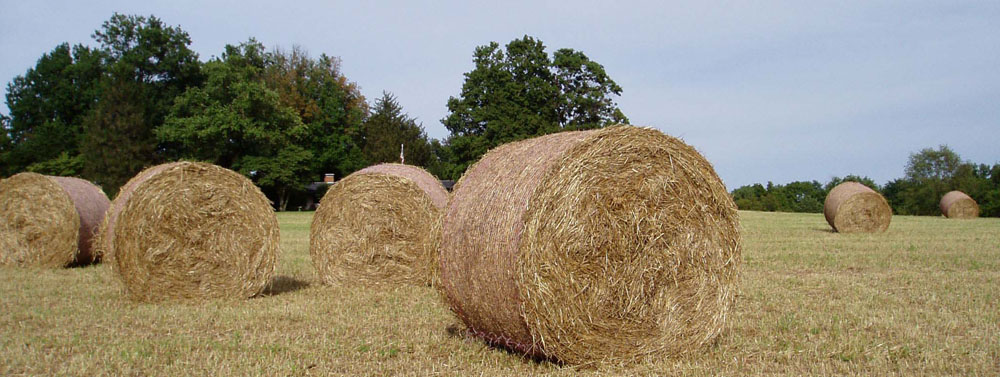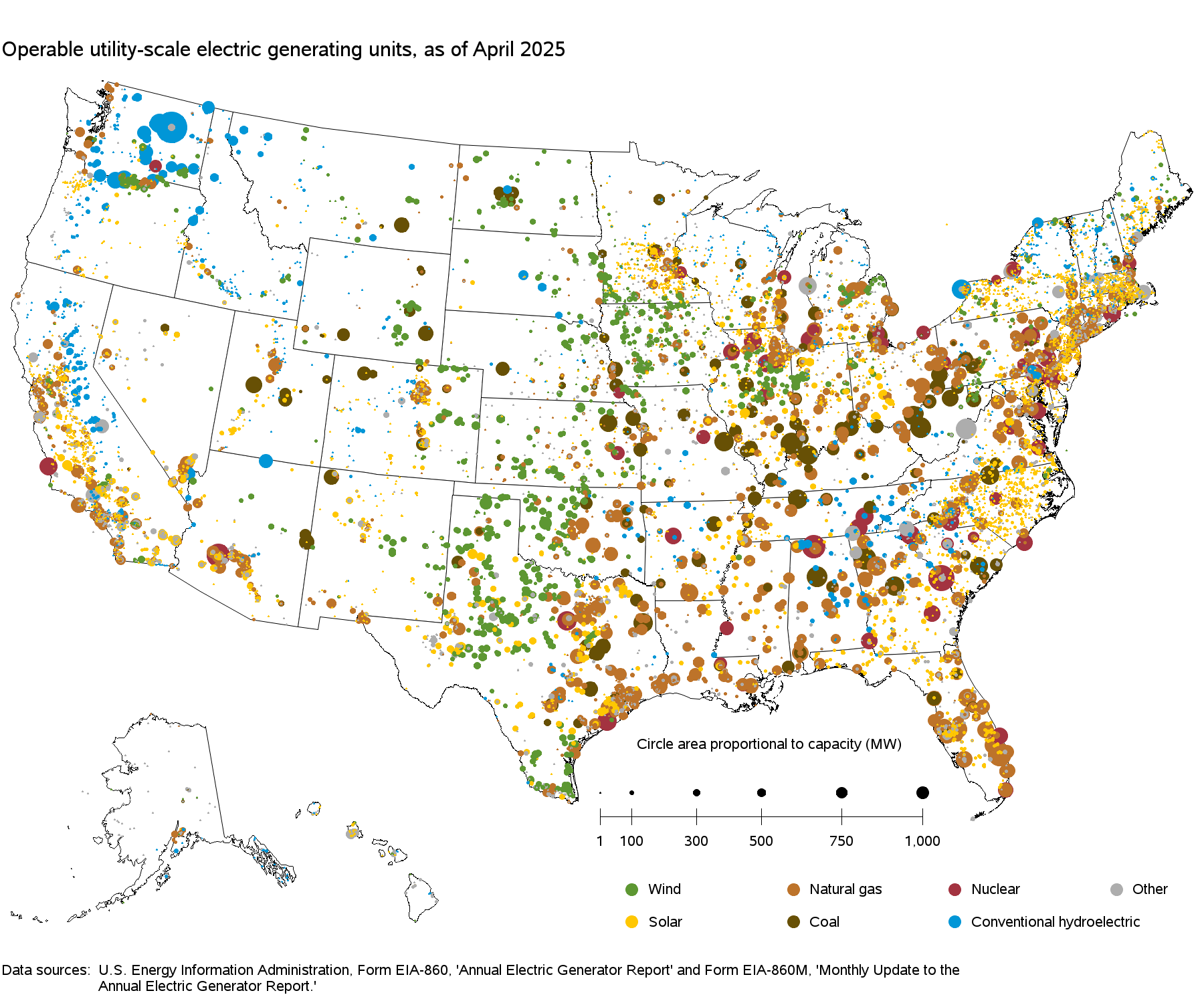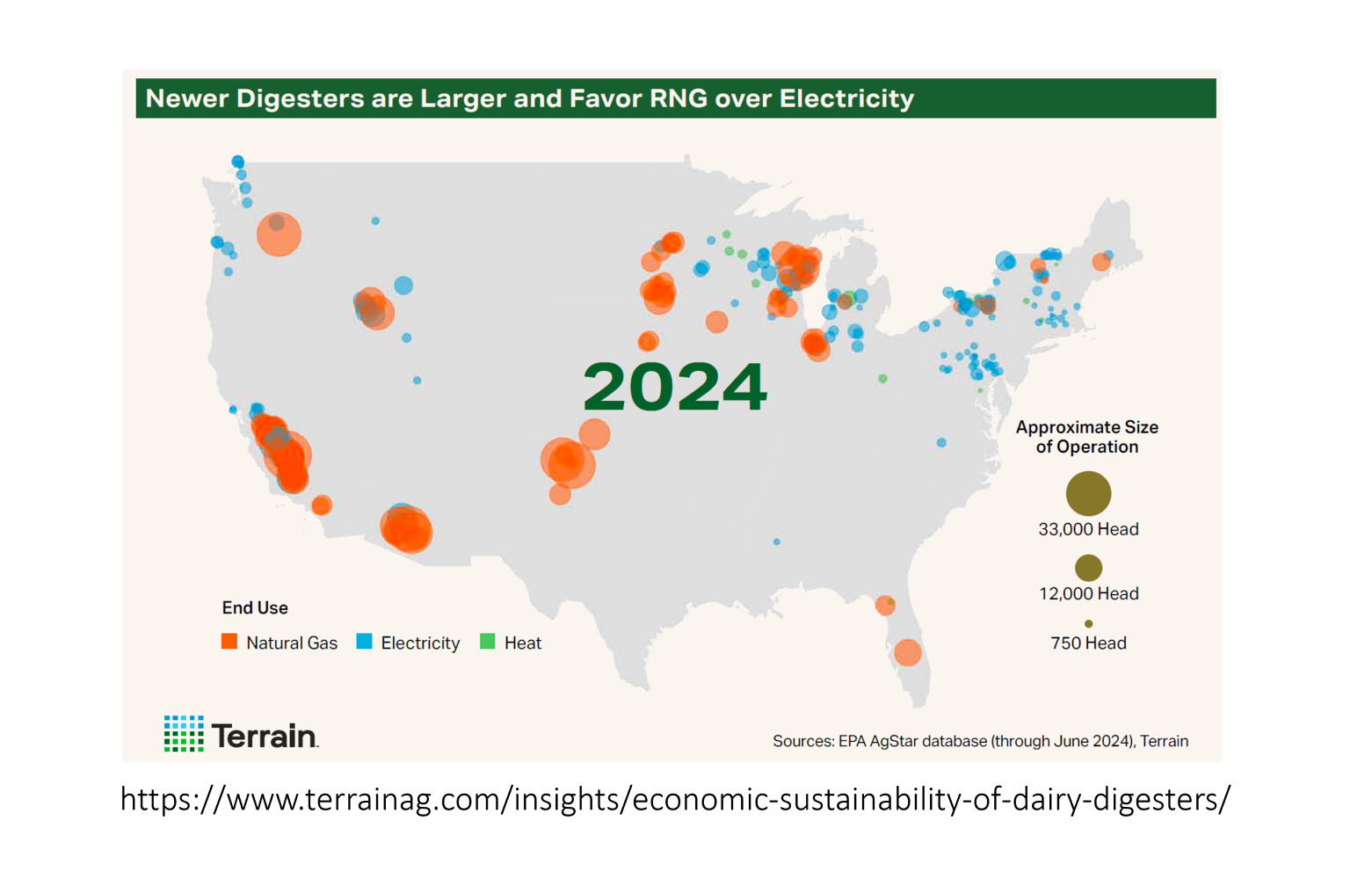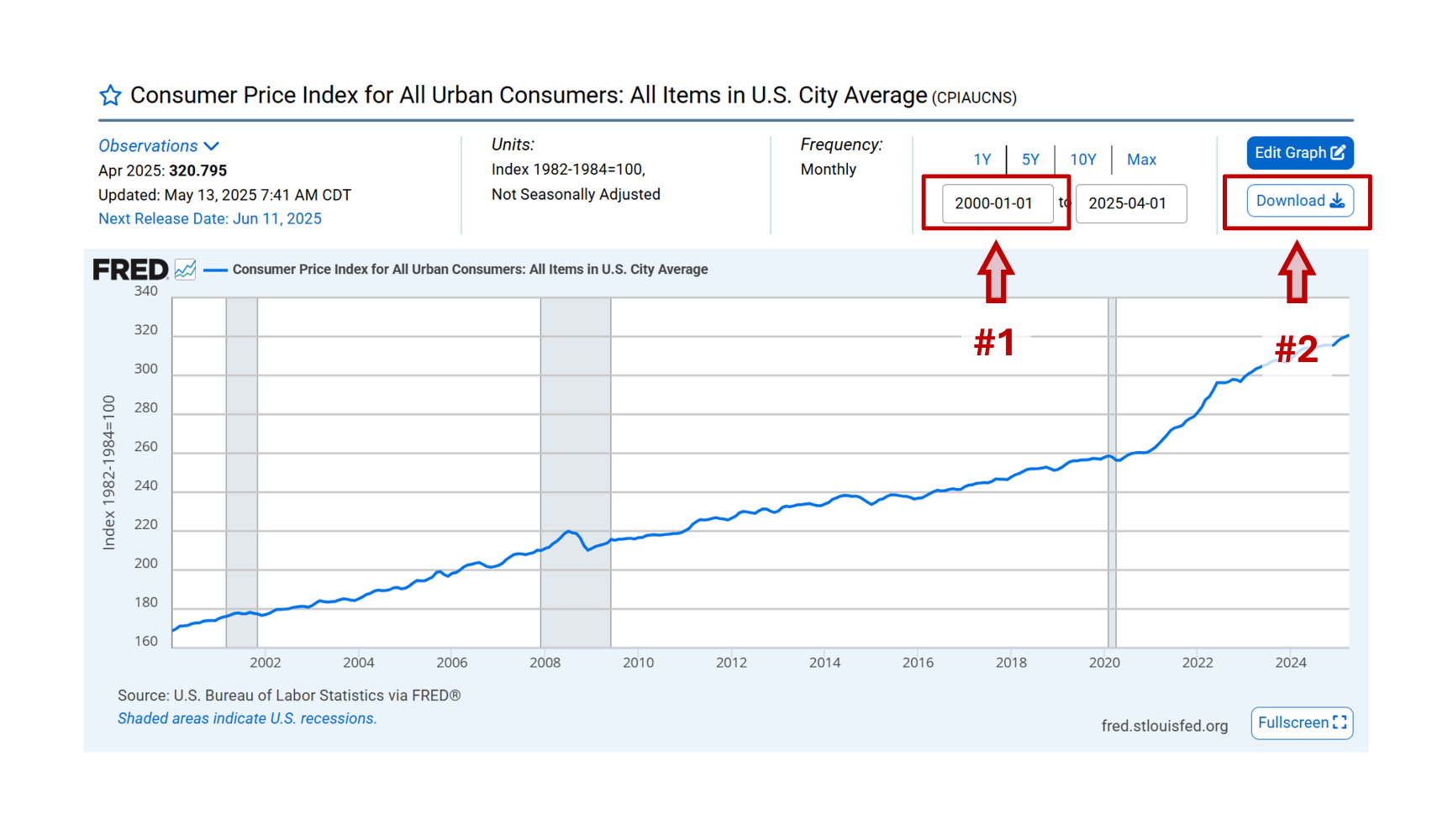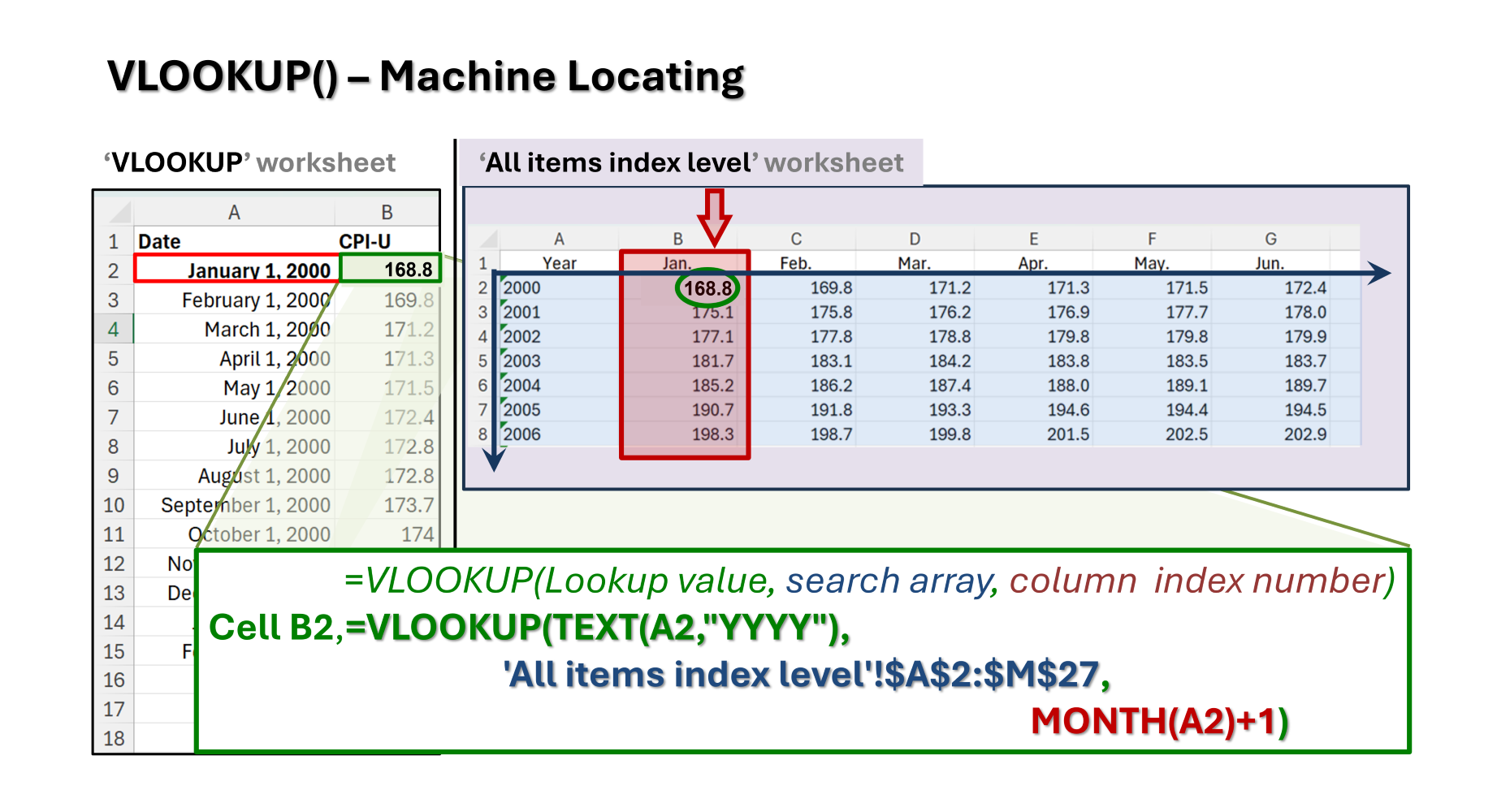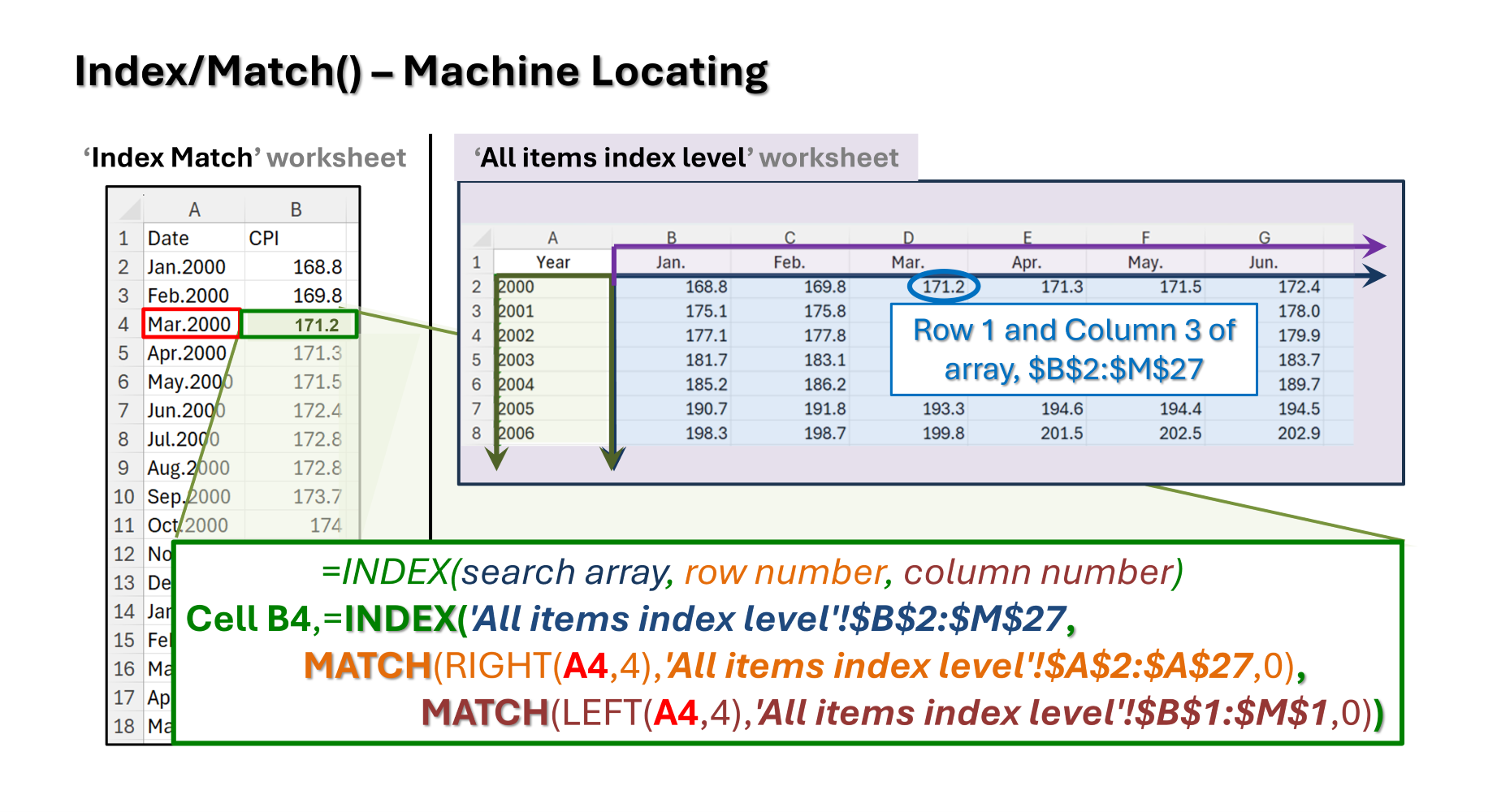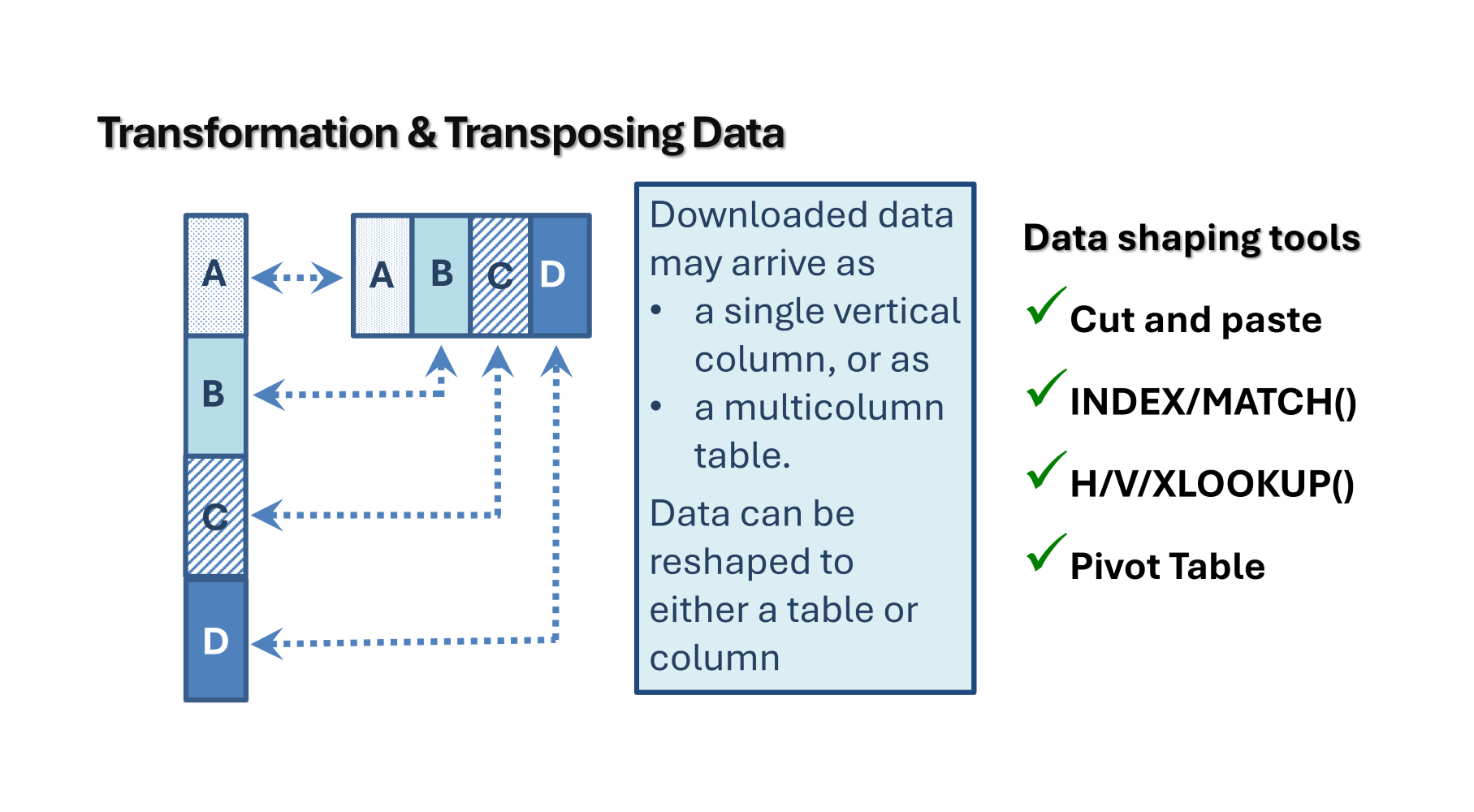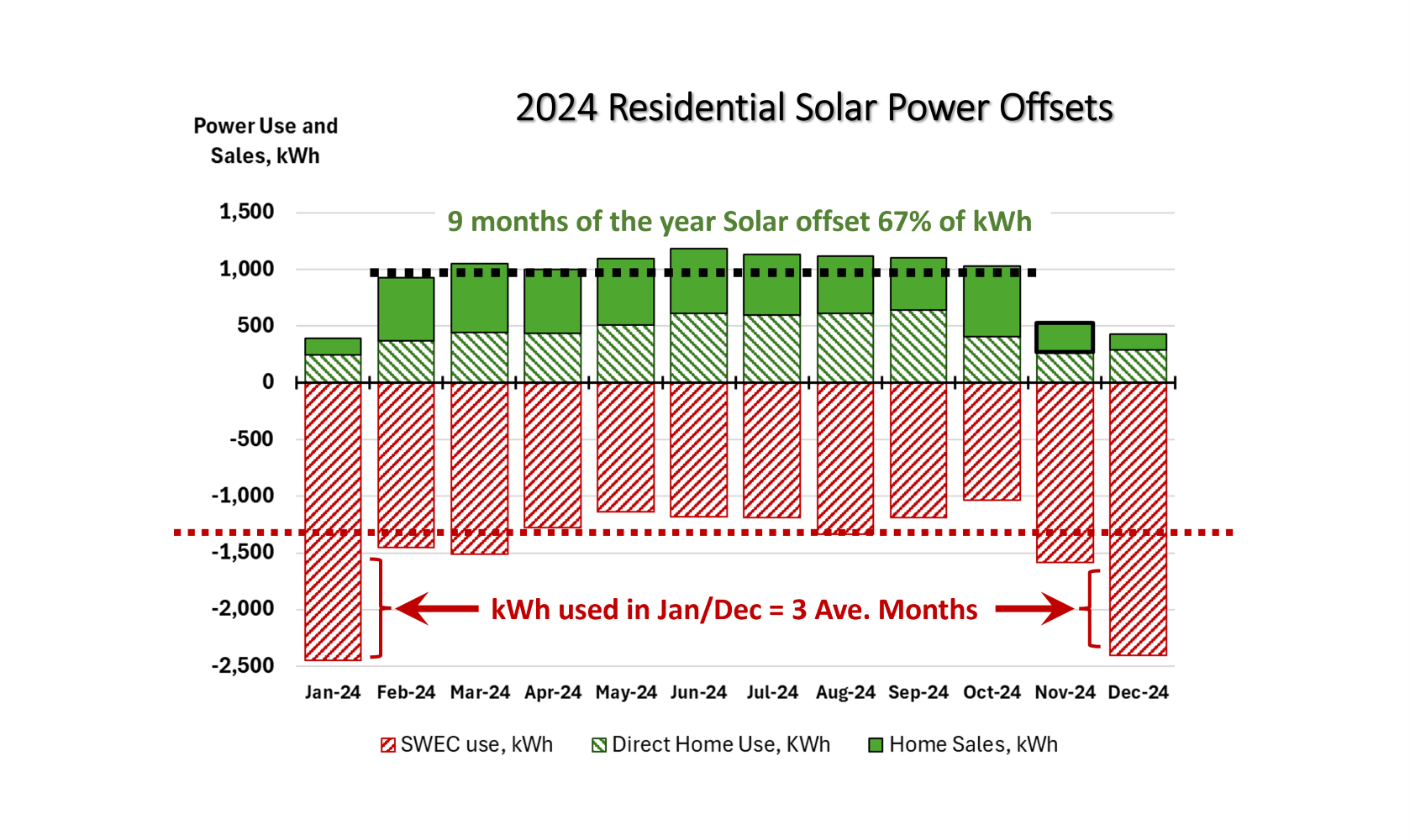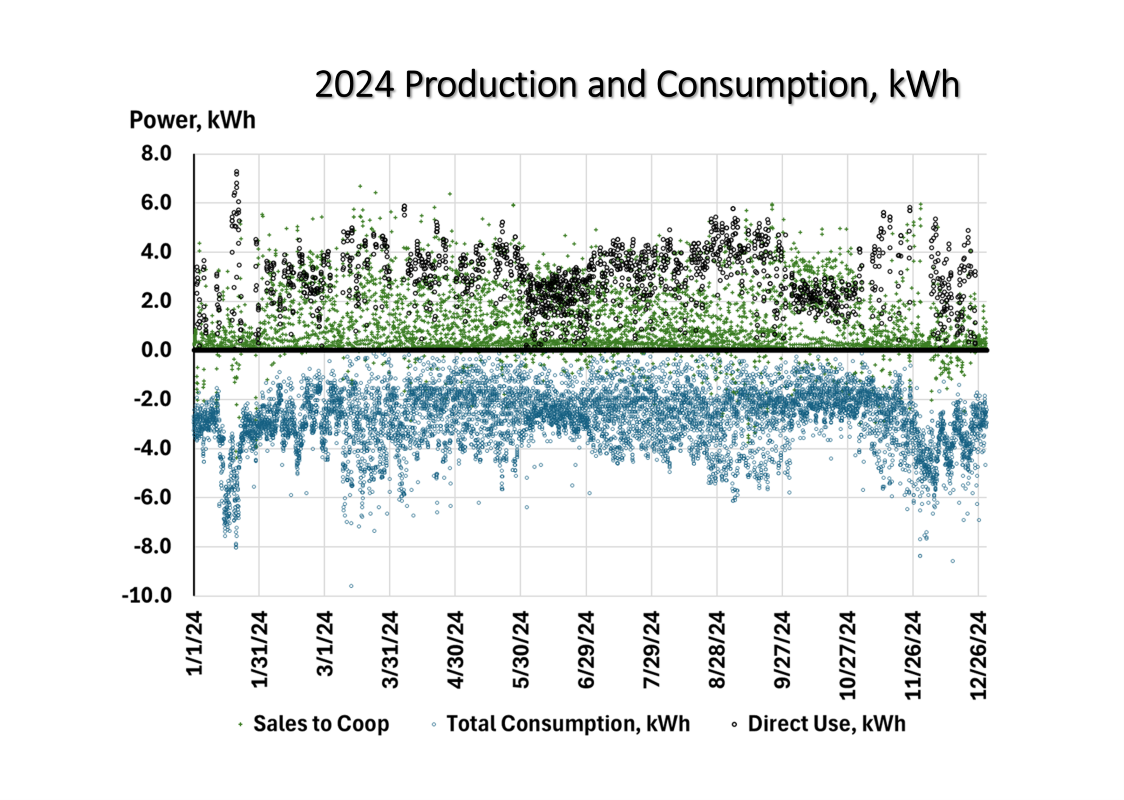Great Visuals on Biogas State Production Potential from ABC
The American Biogas Council (ABC) had made available current and potential capacity of local state-level biogases, also known as, biogenic methane and other gases produced from ambient organic feedstocks. The ABC has been in action for less than two decades, … Continue reading →

